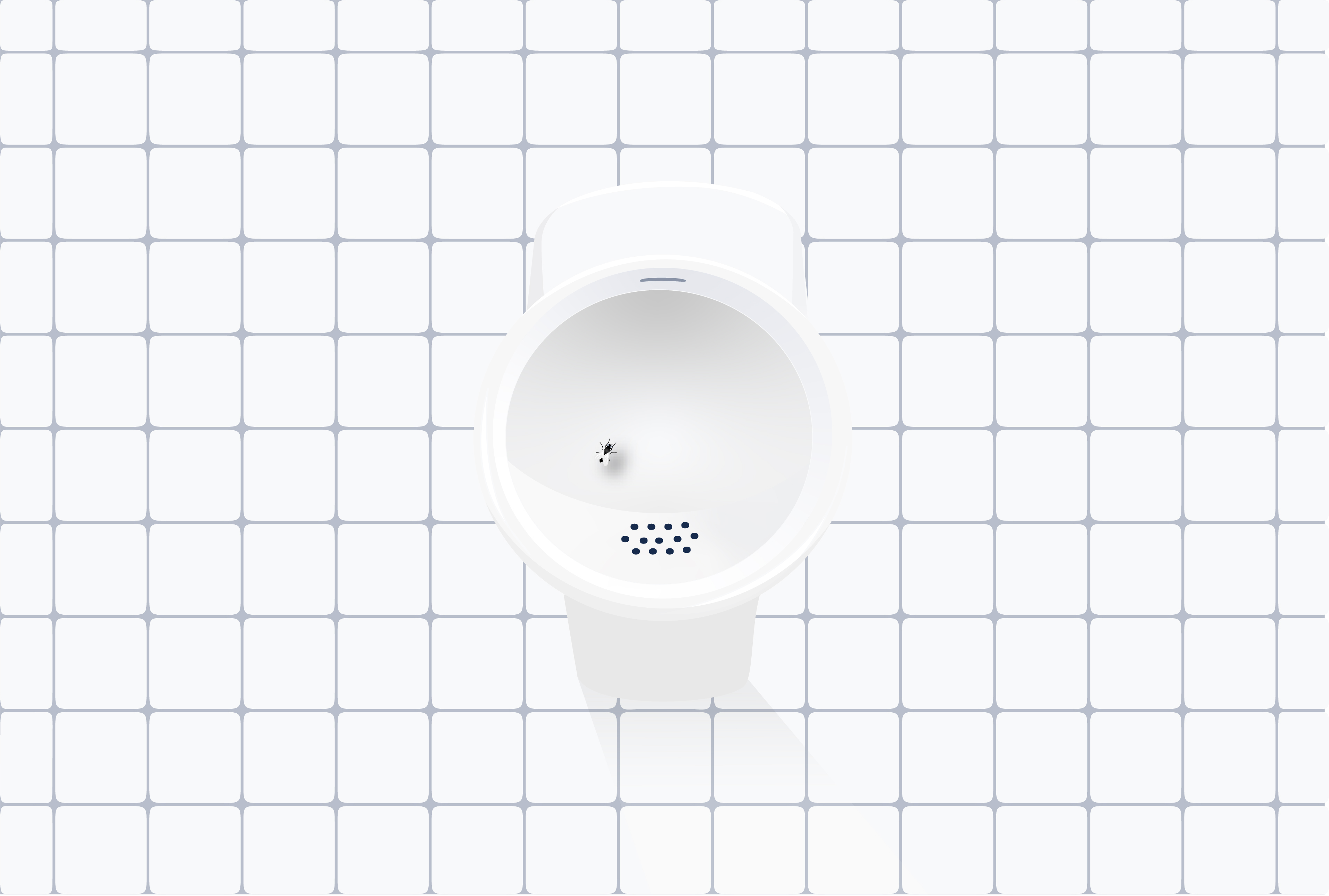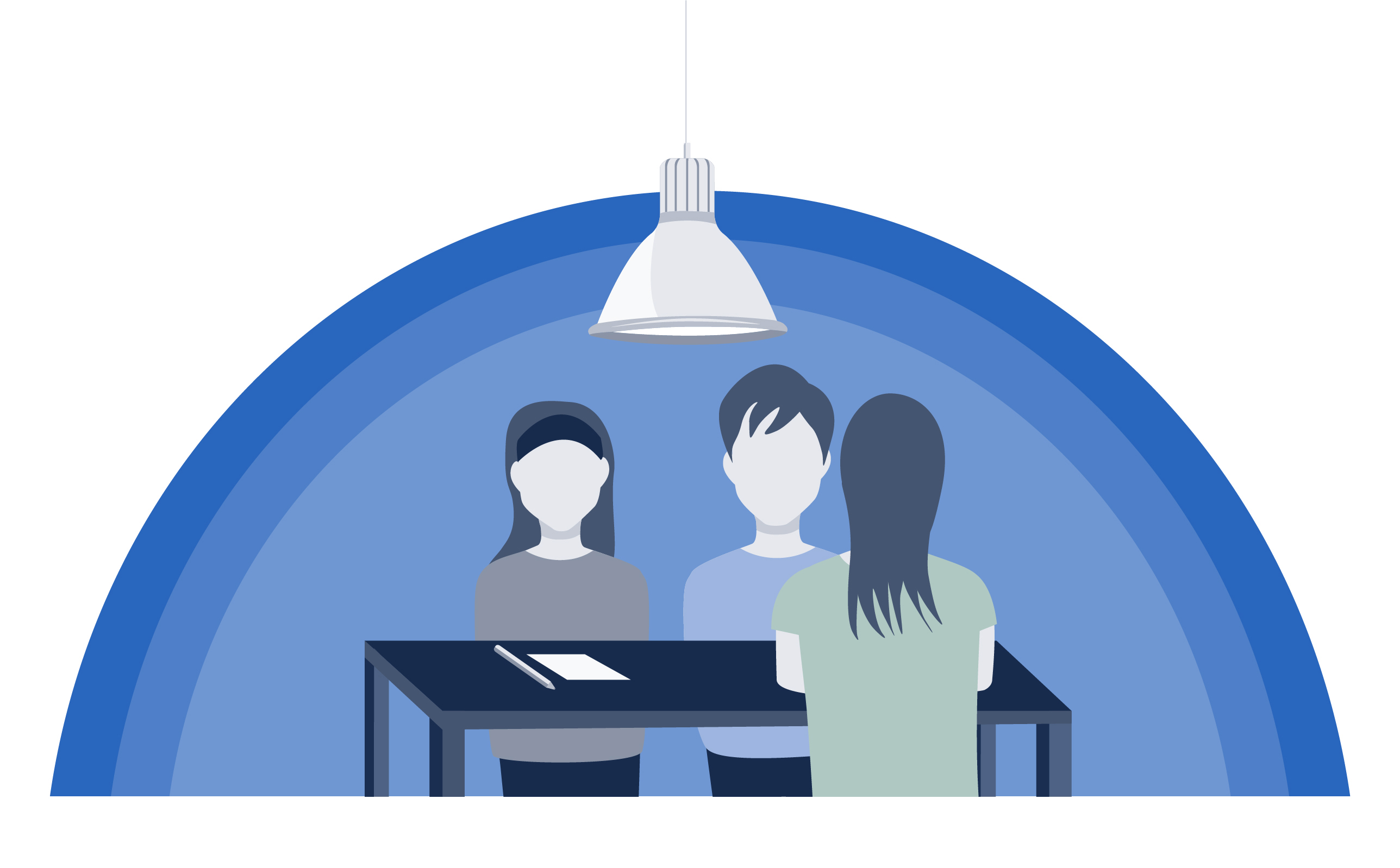
Behavioral design - psychology that changes thoughts, feelings and actions
What do the toilets at Amsterdam Airport Schiphol have in common with pendant light fittings in Danish primary schools? Both are design initiatives intended to subconsciously bring out the best in people.
Research conducted by behavioural economists has demonstrated that individuals faced with complex decision-making situations – for example, choosing where to invest their savings, stopping smoking or applying for a tax rebate – often make irrational decisions such as saving too little or too much, continuing to smoke or failing to apply for a rebate to which they are entitled.
Many people will have heard of the concept of nudging, which in a behavioural context refers to steering an individual’s behaviour in a given, desired direction; influencing their choices without removing other alternatives. This term gained popularity in 2008, when coined in a book by Cass R. Sunstein and Richard H. Thaler . In 2017, the latter was awarded the Sveriges Riksbank Prize in Economic Sciences in Memory of Alfred Nobel for his contribution to behavioural economics.
Based on this understanding of the irrationality of human behaviour, nudging can act as an instrument for influencing an individual’s behaviour and choices. Behavioural economics gave rise to the field of behavioural design, in which insights from behavioural sciences are applied to influence the decisions we make by implementing designs that make it easier for people to choose the desired behaviour. Behavioural design theory combines research in the fields of behavioural economics, psychology of learning and cognitive psychology.
 “Behavior is a function of motivation and ability. Only when these overlap can our calls to action have an effect.” Niklas Laninge, psychologist, author and entrepreneur
“Behavior is a function of motivation and ability. Only when these overlap can our calls to action have an effect.” Niklas Laninge, psychologist, author and entrepreneur
Among those with a professional interest in behavioural design and its mechanisms is Stockholm-based psychologist Niklas Laninge. Together with colleague Arvid Janson, Niklas has written two books about methods for altering human behaviour through the implementation of various design initiatives in their immediate environment.
According to the authors, it would pay dividends to abandon motivational initiatives in favour of making it easier to behave in the desired manner. If we are able to make the experience more frictionless, fix any bugs and create accessibility, the desired behaviour will follow automatically. For retailers, these insights are valuable in designing the shopping experience to ensure that the customer automatically makes the ‘right decision’. In a nutshell, behavioural design can be described as the knack of influencing how we make decisions.
“We are talking about invisible design. Design is not simply a matter of shapes and colours; it is experiences, it is images, it is text. It is much more than product design. Behavioural design is a part of that and it is all about asking: what can we do to influence behaviour? The point of departure is that the design should create a given type of behaviour,” says Niklas Laninge.
“This kind of psychological research has been going on to a certain extent since the 1960s, but since the turn of the century it has been steadily increasing. It involves studying what we can do to manipulate the context effect in order to achieve a given behaviour.”
Behavioural design can also have a major impact on office environments. By simplifying the design to encourage the desired behaviour – for example, creating space for creativity, a relaxation space without Wi-Fi connectivity and quiet zones for work requiring concentration – we can achieve a better work environment.
“As an employer, you must be constantly asking yourself what behaviour you want to encourage and reinforce in the workplace,” says Laninge. “By that I don’t mean proposals such as redesigning the interior more often, obviously that is unsustainable; however, it can prove effective to change the context. I see many people working to ‘disseminate knowledge’ in the belief that this leads to behavioural change, while in fact it is interior design elements (for instance lighting), design triggers, coincidence or even the path of least resistance that dictates human behaviour.”
Laninge continues: “When one thinks about the interior design of an office or public space, we are of course not buying furniture and light fixtures for their own sake, but for the purpose they serve; for example, we may currently need space for creativity or we may need peace and quiet in the office – or activity. And the idea that the same design and lighting can fulfil all of these functions isn’t something we apply to anything else in life. We make sure that we have the right preconditions for achieving our goals, which naturally requires us to use space differently.”
The point of nudging is to influence routine behaviour or to simplify choices in situations involving complex information. A number of Swedish municipalities have conducted projects that clearly utilise nudging to reduce littering, including Gothenburg and Lund. These design initiatives make use of various measures such as lighting, ground markings, signage and street furniture to successfully increase the desired behaviour among residents.
Research has also been conducted at a primary school in Aarhus, Denmark into design measures to reduce noise levels. This demonstrated that focused areas of light, with clear differences in light levels (tables with pendent lamps suspended above them) reduced noise levels and made students feel that they could focus better on their lessons .
One final tip from Laninge regarding how to approach behavioural design is that one should not underestimate the power of human curiosity.
“You have to appeal to people’s playfulness and not underestimate how much of what we do is governed by what is the easy option, rather than it being the right thing to do. But of course, we also want it to be easy to do the right thing. This means that we can ensure that people do the right thing, even if it’s for the wrong reason – for instance because it’s fun. This is an excellent principle.”
TEXTE MARIA VÅRENIUS
PHOTO ANNA VUJISIC, PEXELS

